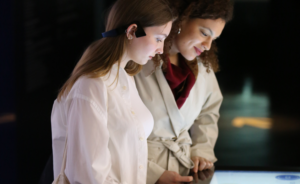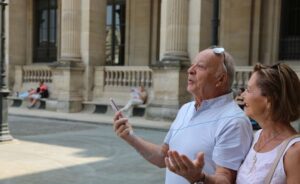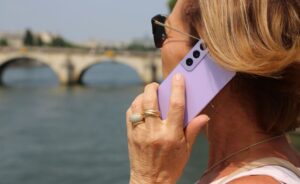Blog
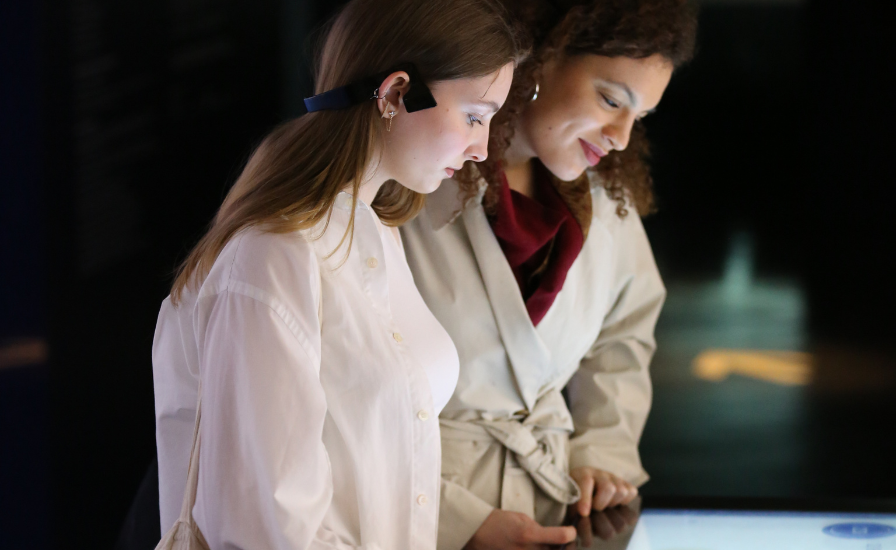
How Museums Are Using Technology to Attract Gen Z and Millennials
Key points to remember
- Personalized experience : Multimedia guides offer content tailored to each visitor’s interests.
- Enhanced accessibility : Technology ensures an inclusive experience for all audiences.
- Data Analytics : Digital tools help museums understand and improve visitor experience.
A new era for museums
Thanks to technological advances, museums are reinventing themselves to meet the expectations of a young and connected audience. Generation Z and millennials, in search of dynamic and interactive experiences, are at the heart of this transformation.
Solutions like Sycomore’s multimedia guides allow cultural institutions to create tailor-made, captivating and accessible experiences for all. Let’s see how technology is revolutionizing museum visits to appeal to these new generations.
Personalization at the heart of the experience
Young visitors want unique and personalized experiences. Multimedia guides , such as Sycomore’s PopGuide and M-Guide , offer museums the opportunity to adapt their content according to each person’s preferences:
- Thematic visits : Exploration by subject of interest (modern art, ancient history, local culture).
- Multilingual content : Increased accessibility for international visitors.
- Interactive features : Quizzes, immersive videos, personalized tours, augmented reality.
These innovations enable museums to strengthen visitor engagement by offering them a unique and unforgettable experience.
Interactive technology for learning
For Gen Z and millennials, technology is an integral part of their daily lives. Museums can capitalize on this habit to enrich their exhibitions with:
- Immersive audiovisual storytelling : Archival footage, explanatory videos and captivating sound effects.
Interactive content : Quizzes, games and educational activities integrated into digital guides.
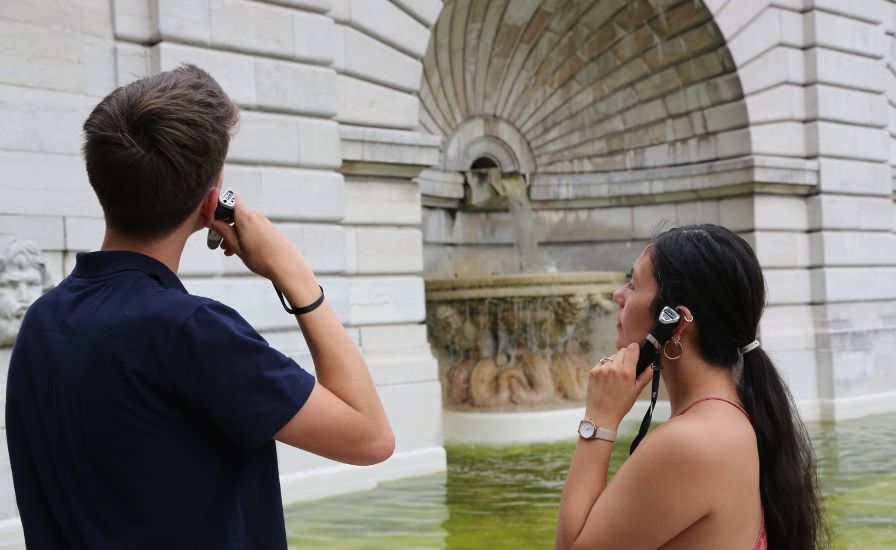
With tools like the Audiopen , visitors learn about the history of artworks or landmarks by listening to immersive narratives while discovering a cultural site at their own pace.
Accessibility and inclusion for all
One of the key benefits of digital technologies is their ability to ensure accessibility . Museums can now meet the needs of a diverse audience through features such as:
- Audio descriptions for the visually impaired.
- Subtitles and content in sign language.
- Courses adapted to different age groups and physical abilities.
Optimizing exhibitions through data
Digital guides don’t just accompany visitors. They also allow museums to collect valuable data , such as:
- The most popular exhibition areas.
- The average time spent in front of each work.
- Visitor flows to improve space management.
This information allows museums to refine their exhibitions and optimize their strategy to better meet public expectations.
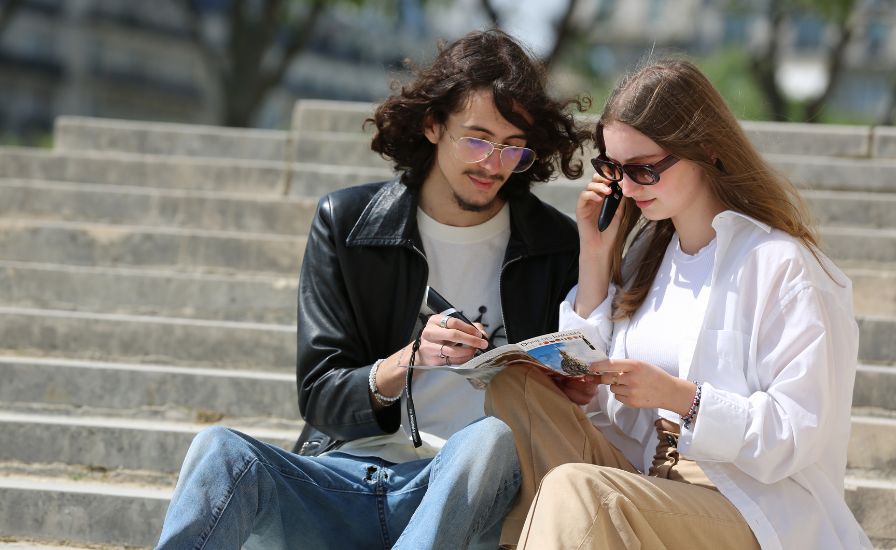
Combining tradition and innovation
To appeal to Generation Z and millennials, museums must evolve by integrating modern technological solutions that combine interactivity , personalization and accessibility .
Sycomore ’s solutions , such as the PopGuide , Audiopen and M -Guide , help create unforgettable tours that captivate and retain visitors. By embracing these technologies, museums can remain relevant and attractive in a constantly changing world.
SEO Impact: Why This Blog Will Work for Us on SERP
1. Targeted Keywords:
- The blog is optimized with key terms such as “multimedia guides for cultural institutions” and “museum technology,” enhancing its visibility for B2B searches related to cultural institutions.
2. Content Relevance:
- The blog addresses real pain points and trends that cultural institutions are facing, making it more likely to rank well and attract targeted audiences.
3. Structured Content:
- The use of engaging headings, bullet points, and multimedia elements improves readability and SEO-friendliness, catering to both users and search engine algorithms.

